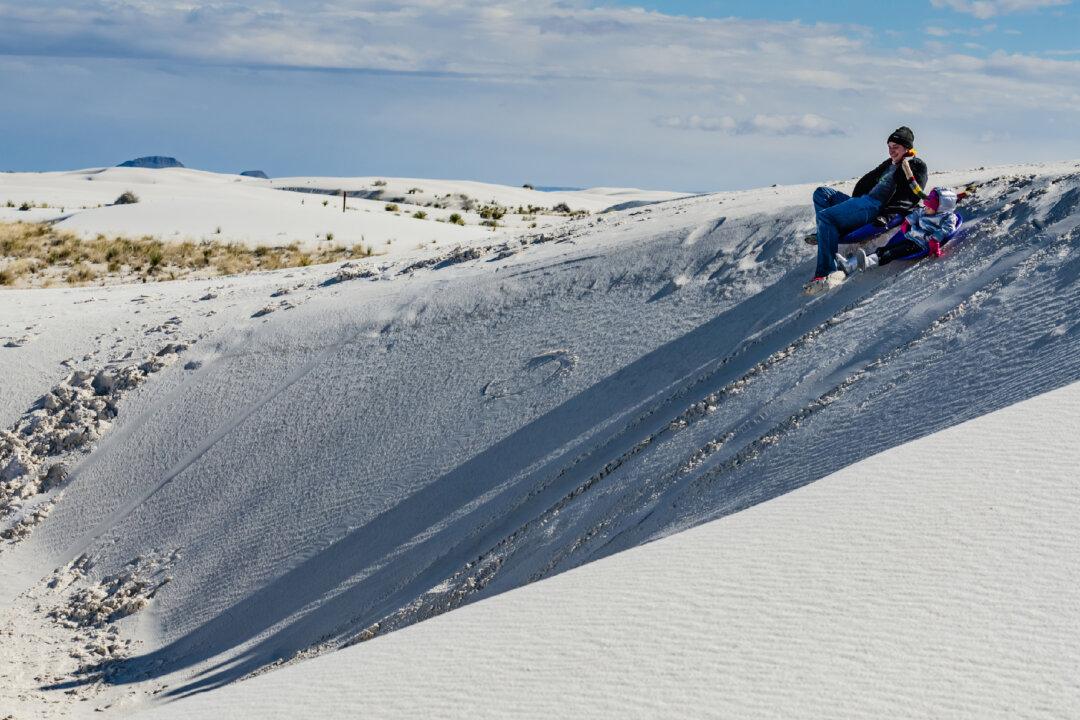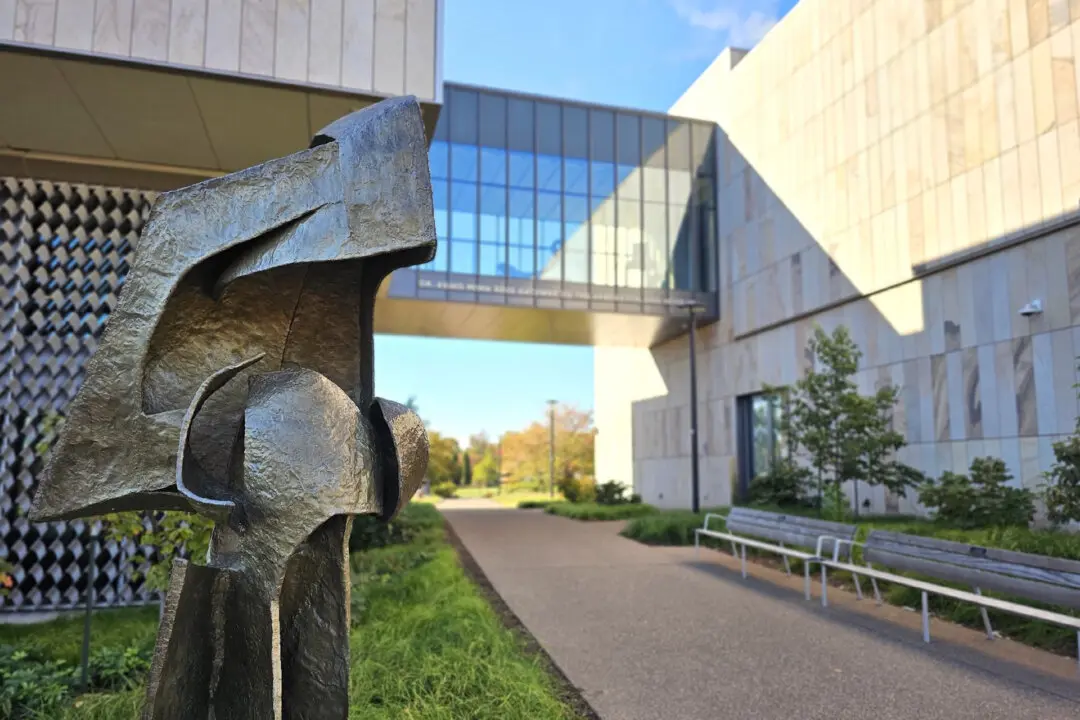Visitors to a national park in Arizona see and enjoy some of the attractions that draw millions of people each year to similar reserves throughout the country. They include dense forests, varied vegetation, and diverse wildlife. At the other end of the spectrum is the Petrified Forest National Park, which is named for areas of fossilized trees, vegetation, and giant reptiles, amphibians, and dinosaurs that lived eons ago.
This is one park, among a number, that provides unusual—in some cases, unique—reasons to visit. These enclaves can serve as travel destinations themselves or places to include in an itinerary for a vacation trip. The Petrified Forest is named for trees that thrived about 225 million years ago, fell, and lay dormant as quartz replaced the wood, resulting in multicolored stone logs. The red and lavender sediments around the logs account for the name of the Painted Desert, which stretches from the Grand Canyon to the Petrified Forest.





